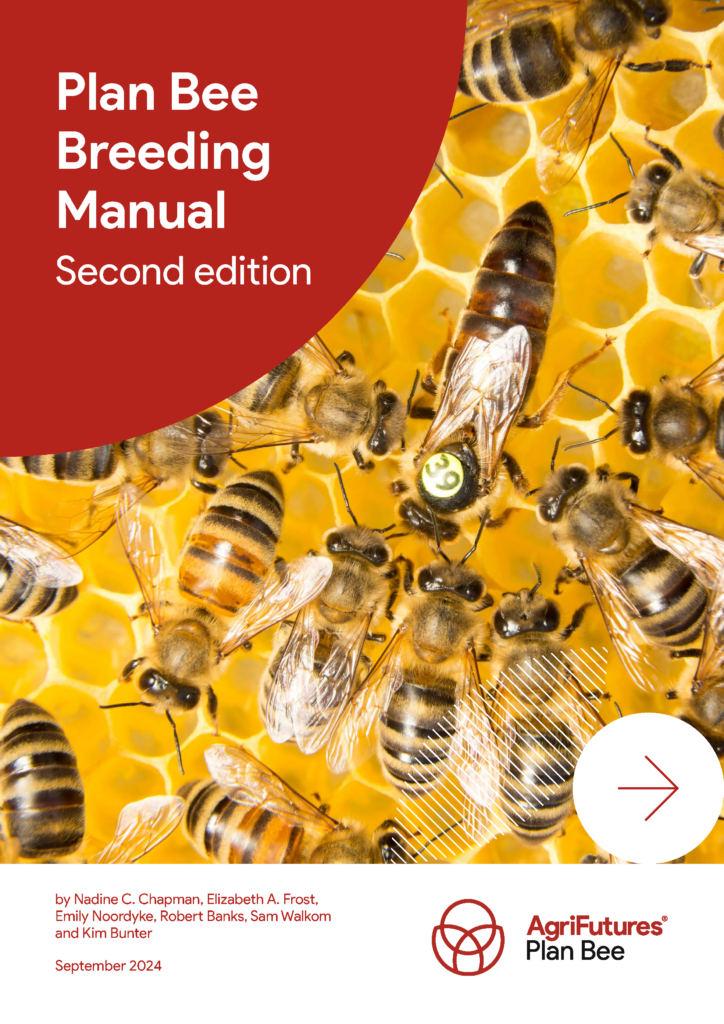Many livestock industries have been revolutionised by modern animal breeding techniques, however the Australian beekeeping industry has been slower to adopt. Traditionally, bee breeding in Australia has involved keeping lines of bees, with breeders replacing the mother queen with her best daughter as required.
Honey bees are of critical importance to Australian agriculture, however new and emerging challenges and threats have necessitated greater focus on implementing modern animal breeding in the industry. Modern breeding uses standardised selection criteria such that animals owned by different breeders, or that are in different environments, can have their performance compared. Quantifying the genetic merit of individuals and using the best performers to breed the next generation can dramatically increase production and reproductive traits.
The potential for modern animal breeding to transform Australia’s honey bee industry was the impetus for the national honey bee genetic improvement program, known as Plan Bee, a collaborative research program involving researchers, beekeepers, industry bodies, government and key stakeholders. From 2020 to 2024, Plan Bee focused on identifying and selecting traits of importance to beekeepers and horticulture and broadacre cropping, developing a national database to assist beekeepers with choosing breeding stock according to key traits.
This Plan Bee Breeding Manual: Second edition has been developed to help beekeepers and breeders implement modern breeding in their enterprises and improve the genetics of Australia’s honey bee population. The manual outlines the principles of modern breeding; provides guidance on recording performance data using a standardised national approach and submitting that data to the Plan Bee database; and contains easy-to-use recording sheets and checklists. A trait dictionary has been included to remove ambiguity when recording data.
Through engaging in the national genetic improvement effort, beekeepers and breeders can ensure the health and productivity of future generations of honey bees, and assure the viability of the industry amid an increasingly challenging operating environment. The impacts of a successful genetic improvement program are also experienced by the growers of horticultural and broadacre crops reliant on honey bees for pollination.





